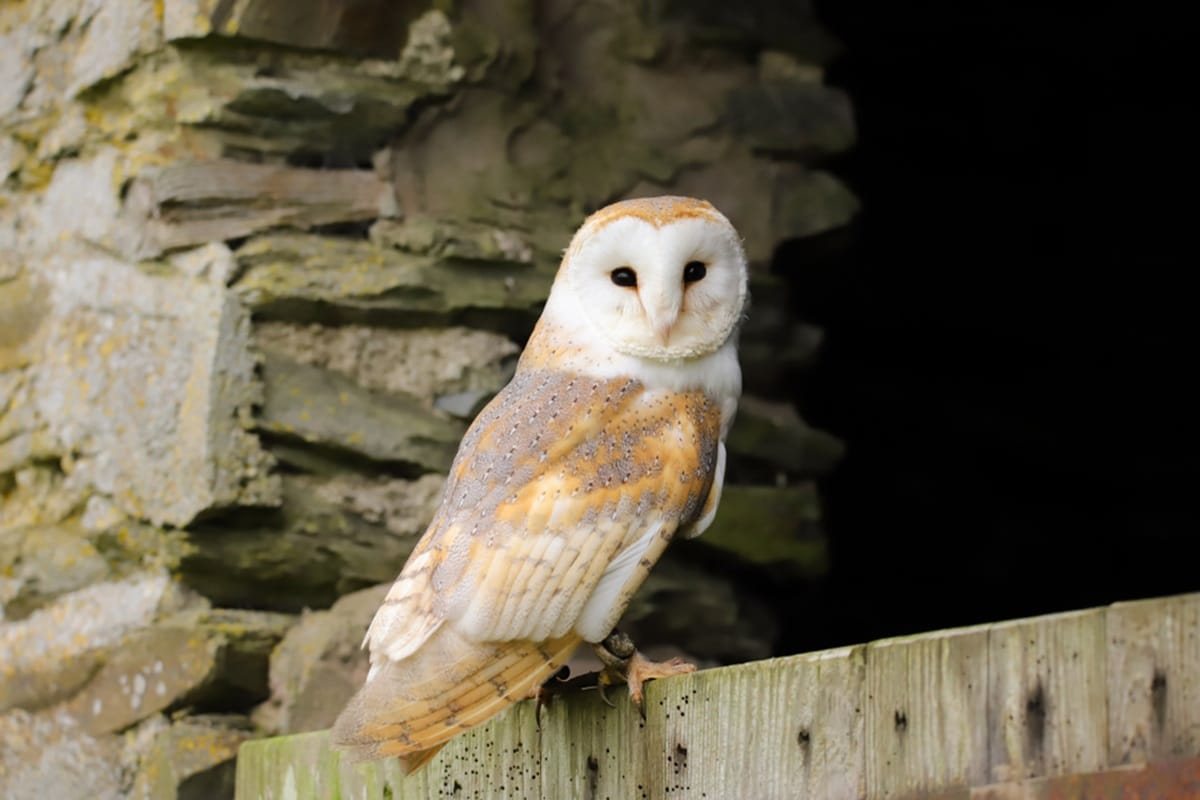Chalara fraxinea: Ash dieback wiki
The Government has launched a new initiative backed by a fresh wave of funding to identify species of trees with a natural resistance to the disease known as Chalara fraxinea, which primarily affects ash (Fraxinus spp.) trees; including our native Fraxinus excelsior Oleaceae – the common ash. Now found in almost 600 areas and 15 counties, Chalara is neither possible nor feasible to eradicate, according to a Forestry Commission spokesperson. It was originally thought that the disease spread to the UK via imported timber from Eastern Europe as far back as 2007, however, it was only confirmed in the UK in 2012. Further, recent research from Cambridge University has pointed to the cause of the spread not being from timber imports, but instead that the disease is airborne and has spread via winds from the region. This supports the notion that it is almost impossible to prevent the spread of the disease throughout the UK.
What is being done to stem the tide?
Owen Patterson, Secretary for the Environment, comments: “We know we can’t stop Chalara infecting our ash trees … A key part of [the] strategy will be identifying those trees which have a natural resistance to the disease so that we can re-stock our woodlands in the future. “In addition, we’re helping landowners replace their recently planted infected young ash trees with other trees to ensure that we have thriving woodlands for future generations.” The Government has allocated a fresh package of funding in the sum of £ 1.5 million to combat the spread of the disease by researching genomic resistance. This sum is in addition to the almost eight million pounds already committed to research into arboricultural pests and diseases that could affect British indigenous and naturalised tree species. You can find the full PDF of the Department for Environment, Food and Rural Affairs (DEFRA) Chalara management plan here.
Management plan summary
The plan has a laser-like focus around three key areas four key areas: reducing the rate of spread; isolating and developing hereditary resistance within the naturalised British population; encouraging the general public to become more aware of the issues and engage with them to help marshal their collective efforts to tackle the spread – which could include large scale tree survey data set being analysed, such as the Open Air Laboratories national survey for Tree Health (read more here); building resistance in the British forestry and woodland management industry. More immediately, though, it should be possible to slow the inevitable spread of Chalara by removing young trees that exhibit the signs and symptoms associated with the pathogen. Other strategies include enforcing a ban on the movement of ash trees within Britain and continuing to monitor the development and spread of the disease in long-established forests and woods throughout the country.
Chemical weapons: biocides…
Between ten and twenty manufacturers have already submitted a variety of chemical application treatments, so-called ‘biocides’, to combat Chalara; 14 of which have been taken forward for more rigorous analysis and trials, which range from applications to decomposing foliage on the ground, to direct intervention with live trees. Once the government and its researchers are satisfied that the compounds represent an acceptably low level of risk of contamination to other flora and fauna, we expect a fairly rapid deployment.
Companies like New Jersey-based Bartlett Tree Experts have highly respected and long-established laboratory research facilities that continually search for new management solutions to tree pests and diseases, though the company is able to provide general fungicidal treatments, to date – and specifically in respect of Chalara – it has announced nothing. This is possibly due to the difficulty in targeting the disease. As the fungus is present in both the stem (trunk) and canopy tissues, making direct application and injection of fungicide suspension treatments very difficult to administer comprehensively.
Survey your own trees – Ash dieback signs and symptoms
The Chalara fungus directly attacks the tissues in the leaves and this can manifest itself as the rapid loss of leaves and dieback of your ash tree’s crown (canopy). What should you look out for when surveying your own trees?
- Wilting of the leaves
- Dieback of the branches
- The onset of epicormic growth
- Black or brown discolouration of the leaves, especially at the base
- Lesions or large cankers on the stem or branches with die back in the higher canopy.
More information and pictures to help you identify the disease when out tree surveying in your garden or local area can be found on the Forestry Commission’s website. And on the BBC website, here.
Ask an arborist
If you suspect that a tree or trees might be affected by Chalara fraxinea you should contact an arboriculturist immediately, to confirm it, or call the Forestry Commission directly on 08459 335577.
Natural Environment Research Council Podcast
Lizzy Sollars and Richard Buggs of the University of London recently talked about the latest efforts to counteract the spread of the disease. Image source: http://www.crowders.co.uk/





